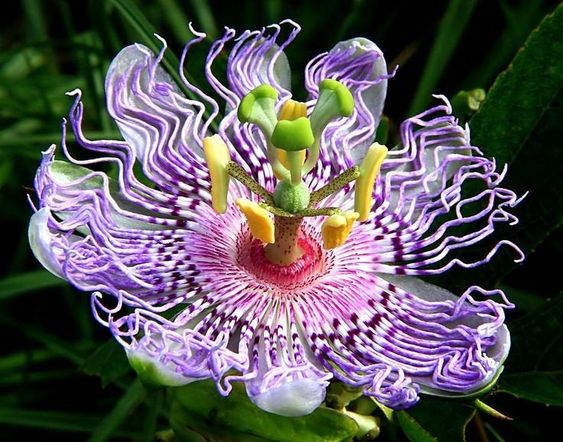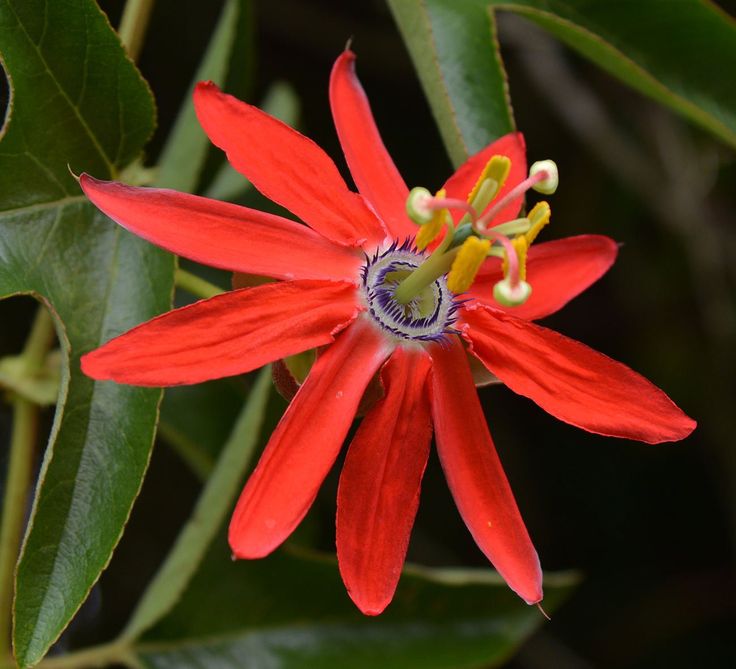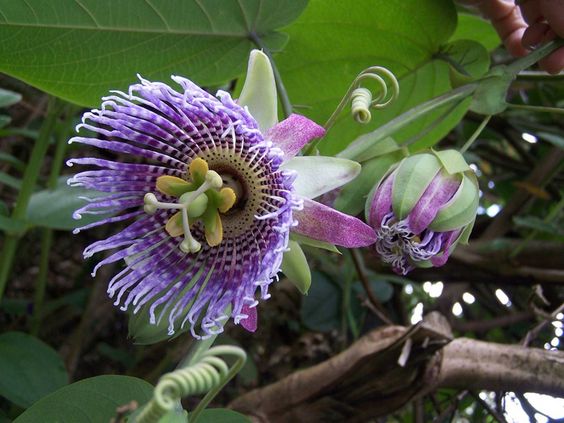Passionflowers offer a wide range of varieties. Although most of them are known for their climbing or prostrate vines, there are those classified as shrubs, annuals, perennials, and trees. For the optimal growth of passionflowers, it’s best to plant them in well-drained soil that’s moist and positioned in a sunny spot, preferably protected by a wall or trellis. It’s worth noting that not all passionflowers produce edible fruits, so be sure to select a variety that bears fruit if you intend to add passion fruit to your garden’s cuisine. To ensure successful fruiting, consider placing your passionflower in a pollinator garden.

Passionflowers, which have a distinct appearance, blossom during midsummer to early fall, but their lifespan is limited to a single day. Their growth is determined by the location they are in; those in colder climates tend to fade away during winter, while in warmer regions, some species remain evergreen. These plants are indigenous to North America, with their habitat spanning Delaware to Missouri, and from Texas to Florida, extending to Central and South America.

Passionflowers have a broad, flattened petal base that forms a circle with five or ten petals that can either be flat or reflexed. These plants are speedy growers and are known to return every year in regions 7-11. For optimal growth, it’s recommended to plant them during the warm seasons of spring or early autumn. It’s worth noting that the level of toxicity of the plant depends on the specific species. If you have young children or pets around, it’s essential to identify the plant you’re growing to ensure their safety.

Taking care of passionflowers is surprisingly easy, no matter where you live. Despite their tropical look, these plants can thrive in a variety of climates – even colder ones! You might be surprised to see these beautiful vines growing along the roadside, as some species of passionflower are known to spread rapidly in warmer regions. The Passiflora genus boasts over 500 different species, all native to North and South America, so the term “passionflower” can describe a wide range of plants. Whether you’re a seasoned gardener or a newbie, you’ll find that caring for passionflowers doesn’t require any special skills or knowledge.

Passionflowers are commonly grown on vertical structures like trellises or fences in areas where they can withstand harsh weather conditions. However, in colder regions, these plants are grown in pots and taken indoors during the winter season. It is essential to grow them in well-draining soil with plenty of sunlight exposure, but partial shade is also acceptable. To protect them from strong winds and other extreme weather conditions, it is recommended to plant passionflowers in a sheltered location like a garden wall.
